How to See Websites Visited with Screen Time on iPhone & iPad
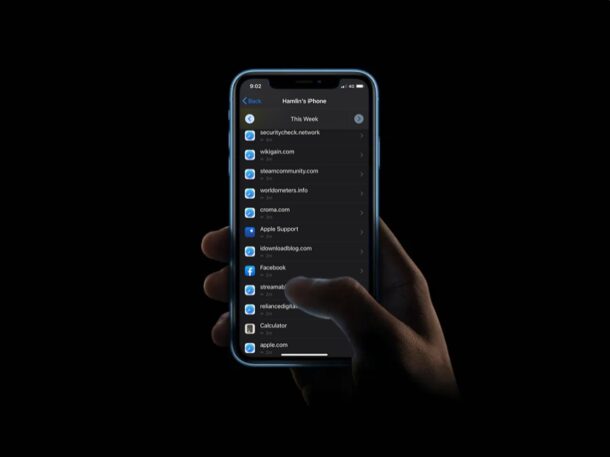
With Screen Time, you can keep an eye on what websites are visited and accessed on an iPhone or iPad. This Screen Time capability is completely separate from searching through Safari browser history to find past viewed websites, as it’s intended to keep track of web usage and what sites have been visited, which can be particularly helpful for iPad or iPhone setup for a child, though there’s obviously many other use cases too.
For some quick background, Screen Time is a feature in modern iOS, iPadOS, and macOS versions that allow users to keep track of their device usage, and it doubles as a set of parental control tools to restrict the content that children and other users are able to access on a device. The ability to view the list of websites visited is one such tool that could come in handy especially if you want to block any unwanted websites that are being accessed from the device.
Let’s take a look at how you can view which websites have been visited by using Screen Time on an iPhone or iPad.
How to View Which Websites Have Been Visited on iPhone or iPad with Screen Time
Before you go ahead with this procedure, keep in mind that you can only access this list if Screen Time is enabled on your device. Now, without further ado, let’s take a look at the necessary steps.
- Head over to “Settings” from the home screen of your iPhone or iPad.

- In the settings menu, scroll down and tap on “Screen Time”.

- Here, tap on “See All Activity” located right below the graph.

- Now, you’ll be able to see a list of “most used” apps as shown below. Tap on the “Show More” option to view all the data.

- You might have to tap on “Show More” multiple times to view all the pages here, but you’ll be able to see the websites accessed from the device as you keep scrolling down, as shown in the screenshot below.

That’s how you can see the websites visited on an iOS or iPadOS device with Screen Time. Remember, this only works if Screen Time has been enabled.
It’s worth noting that you can only see the list of websites that were visited using Safari. Therefore, if the person uses third-party browsers like Chrome or Firefox, you won’t be able to keep track of the data. In that case, you can still check that specific browser’s history and then use Screen Time to restrict access to specific websites, or restrict access to a particular app by putting a passcode lock on it or any other restriction you see fit.
When you observe that the user is spending too much time on a specific website, you can set daily limits for that website. Or, if you see that the user is accessing an unwanted site, you can block any website using Screen Time on iPhone or iPad too. Blocking websites using Screen Time should make it inaccessible from any browser and not just Safari.
We highly recommend you to use a Screen Time passcode and keep changing it frequently to make sure the user doesn’t mess around with your Screen Time settings and make unnecessary changes.
Do you use a Mac? If so, you’ll be pleased to know that you can also see the list of websites visited on the Mac using Screen Time in an identical way. Plus, you can also block access to specific websites with Screen Time on macOS if preferred.
Were you able to use Screen Time to see websites viewed from an iPhone or iPad? What other parental control features do you use to restrict the device usage? Let us know your tips, thoughts, and opinions on Apple’s Screen Time in the comments section.

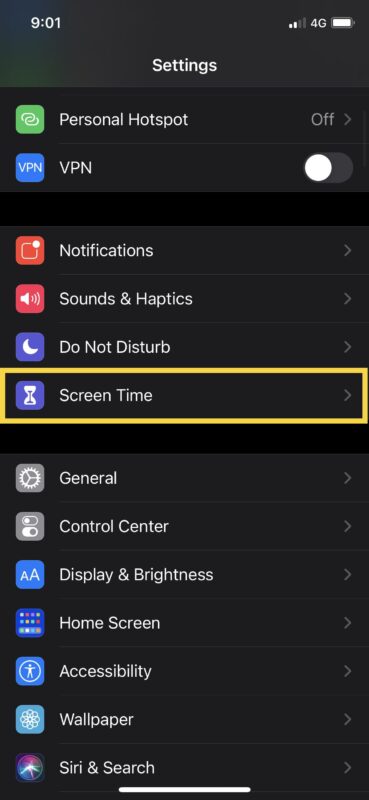
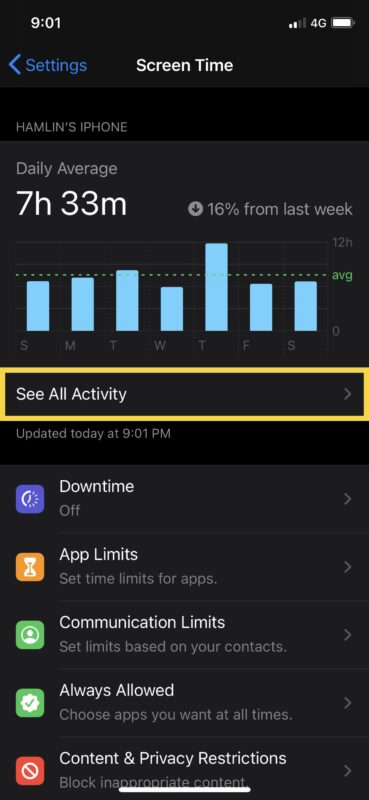
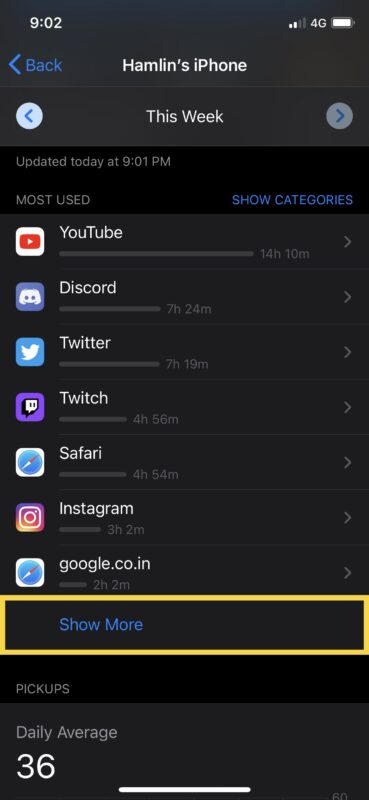
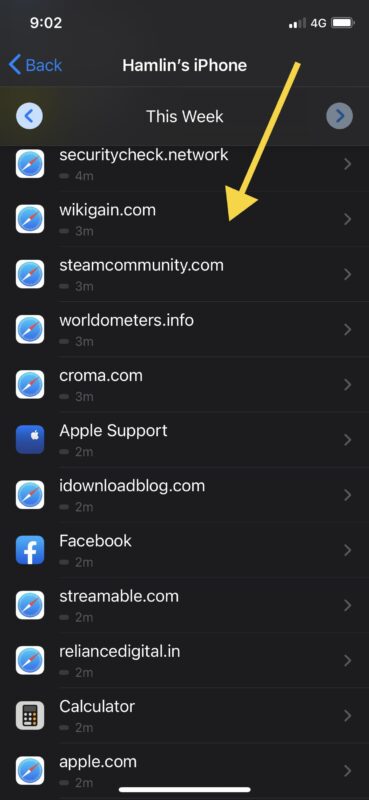

I would add that the back and forward buttons shown in the 4th screen shot, with the “this week” at the top of the screen are highly useful to narrow down which day you want to check. You can check data usage patterns for specific days or weeks, and it’s very helpful to track habits of loved ones who are misusing/hiding/cheating with the device – such as amount of time, what apps are being used, time of day, etc. I would add that someone could be listening to a podcast or music or the radio while at work, driving, or at school, and it might show up as hours on Safari or YouTube or something, so it’s NOT necessarily that this person is browsing for hours a day. This settings feature is extremely useful to track patterns, catch misbehavior, and to set limits for certain content! I don’t check the history or cache anymore, since people just delete that, and cache (advanced website data) saves all kinds of useless crap that is more confusing than helpful.
Hi. My husband is cheating and he’s clearing all days but it still show on his iPad mini 2 that he was on safari but I can view the website. Is there a way to narrow down the time he was on safari ?
This only shows that he’s using Safari but it doesn’t provide the websites like shown in your screenshot
This only shows me that he’s using Safari it doesn’t list the websites like in the picture.
I was unable to view the websites I recently visited via safari by following the instructions in the article. Is this because I always have private browsing turned in? If so, it could be mentioned in the article, no?
Yes Private Browsing is called private because it does not keep cache, history, or other browsing details on the local device. That is the function of that feature.
However, a connected wi-fi router, ISP, DNS service providers, etc, may still have access to that browsing data via DNS lookups, unsecured data transmission, etc.